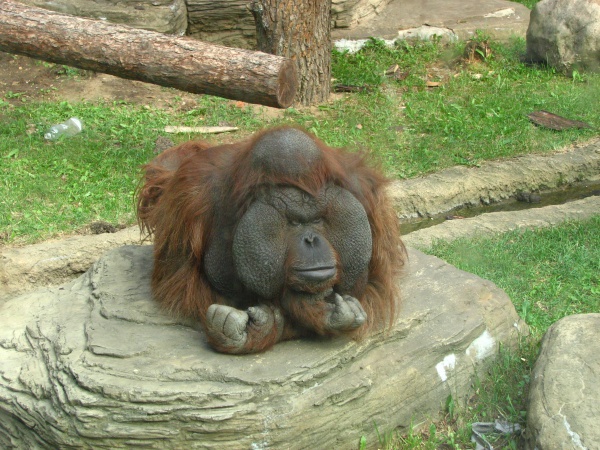Facts About Bornean orangutan
The Bornean orangutan, a critically endangered species indigenous to the island of Borneo, shares approximately 97% of its DNA with humans. These intelligent primates are renowned for their use of tools and distinctive cultural behaviors observed in their natural habitat. Approximately 400,000 years ago, the Bornean orangutan and the Sumatran orangutan diverged into two separate species, each now comprising three subspecies.
Bornean orangutans rank as the second-largest great apes and are the largest arboreal animals. They possess a distinctive appearance characterized by long arms, grey skin, and a shaggy, reddish coat, with notable sexual dimorphism between males and females.
These orangutans thrive in tropical and subtropical moist broadleaf forests and tend to be more solitary than their Sumatran counterparts. They construct nests for sleeping and have a diverse diet that includes over 400 types of food. Males and females typically encounter each other only for mating purposes, with females reaching sexual maturity between the ages of six and eleven.
Regrettably, Bornean orangutans face numerous severe threats, such as habitat destruction, hunting for bushmeat, and capture for the pet trade. Conservation efforts are ongoing, with various rescue and rehabilitation centers, such as the Borneo Orangutan Survival Foundation, Orangutan Foundation International, and the Sepilok Orang Utan Rehabilitation Centre, working tirelessly to protect them.
Despite these efforts, the Bornean orangutan population has plummeted to less than 14% of its recent numbers, placing it on the IUCN Red List as critically endangered. Human activities, habitat loss, and illegal hunting continue to pose significant threats. Without serious intervention to address these issues, Bornean orangutans could face extinction in the wild within the next few decades.

 Thailand
Thailand